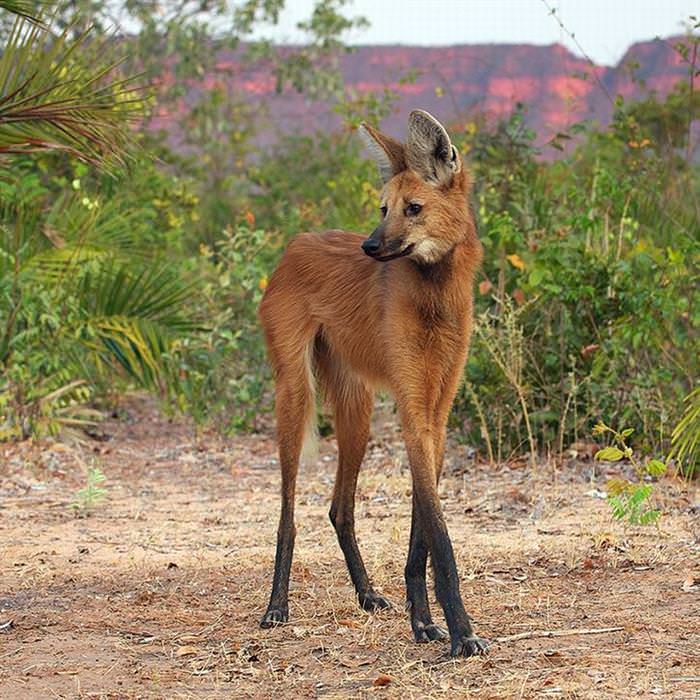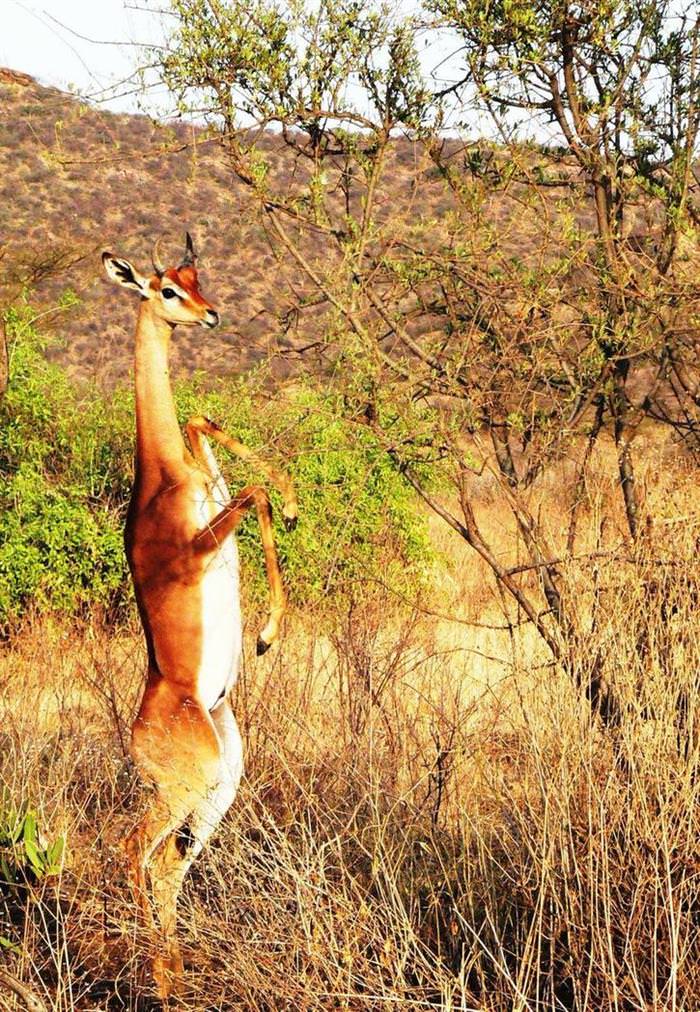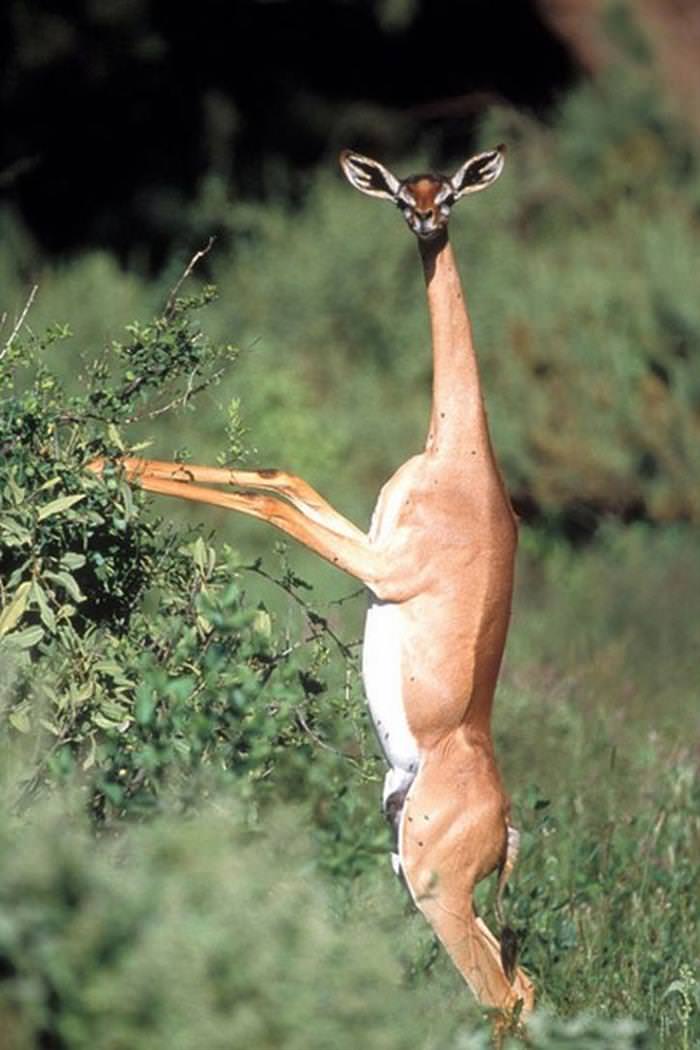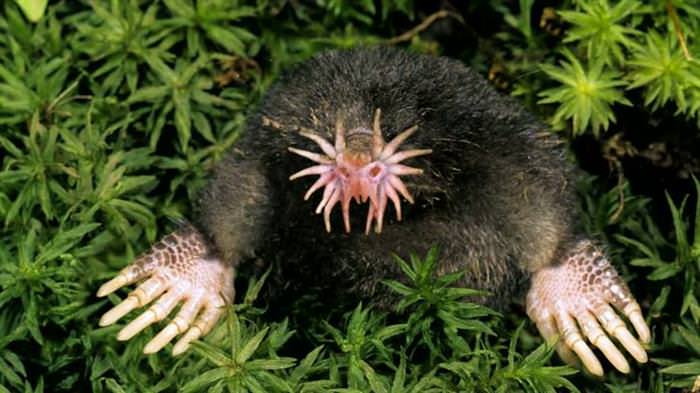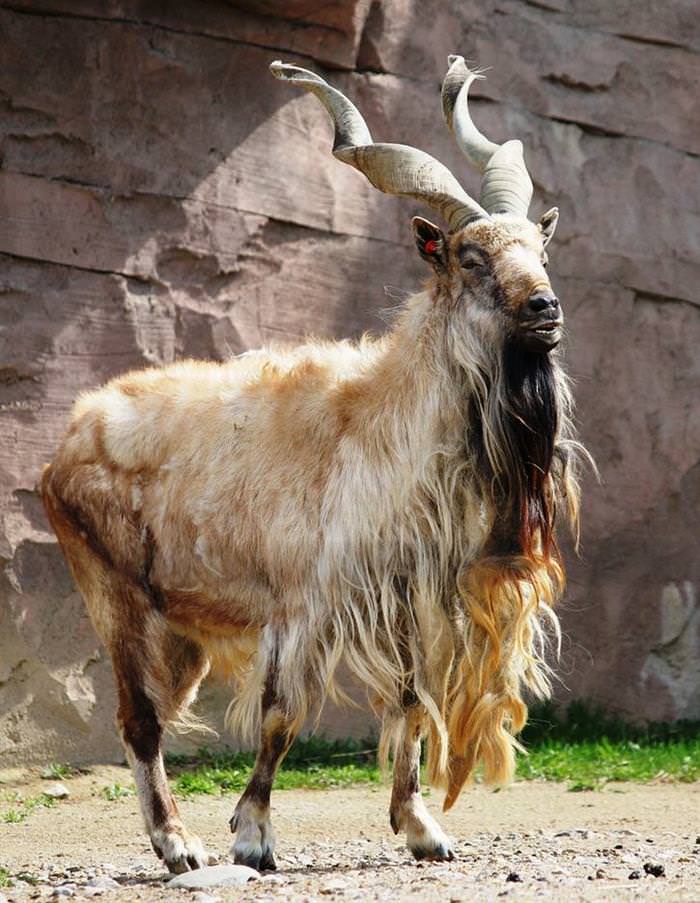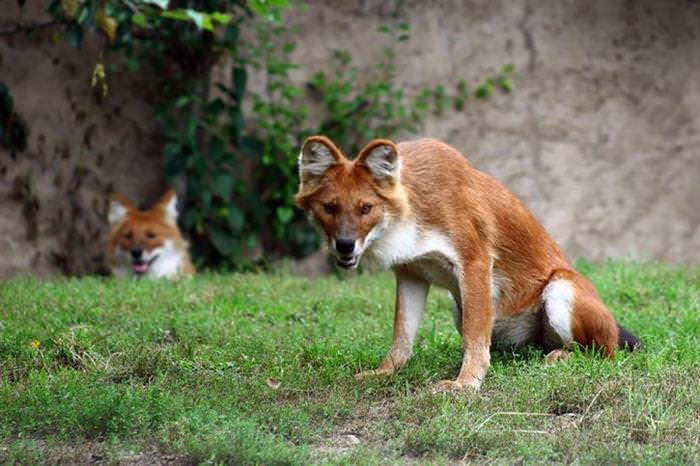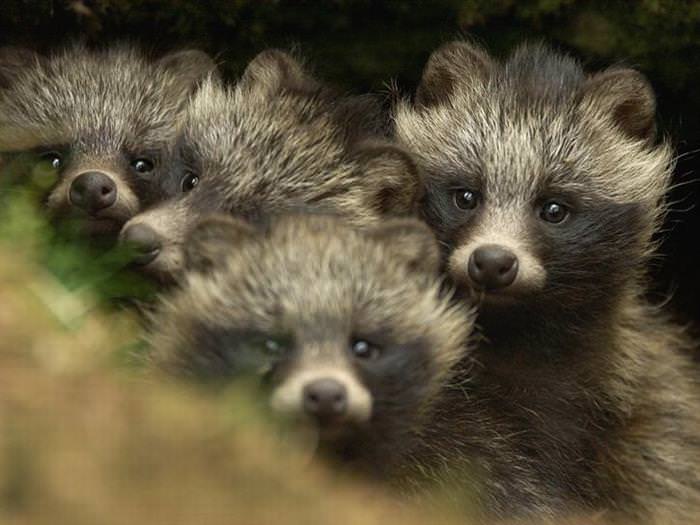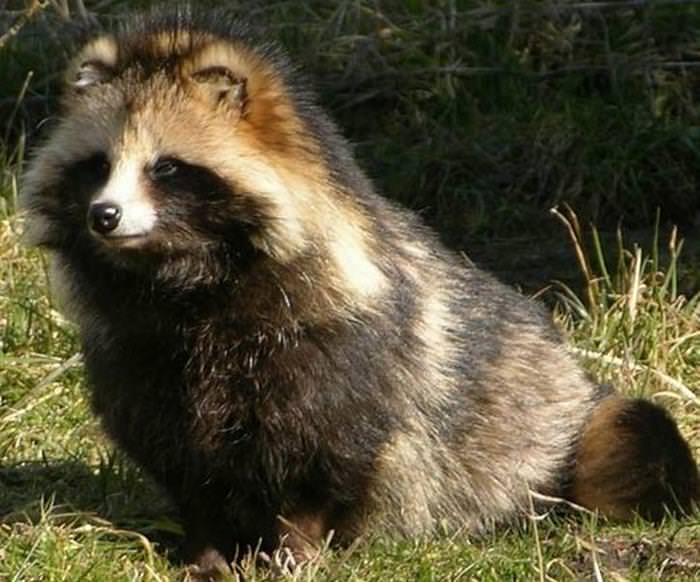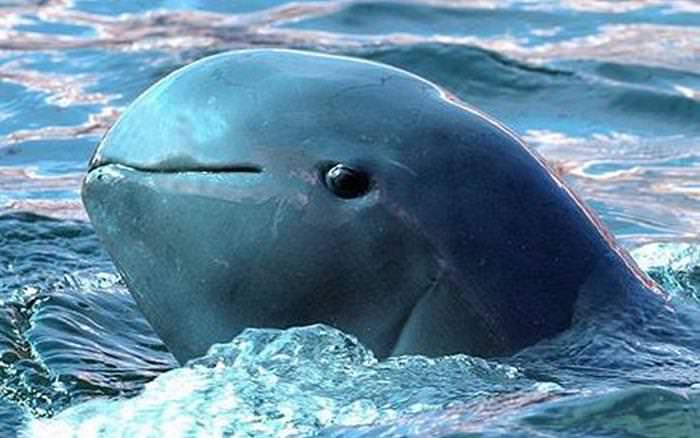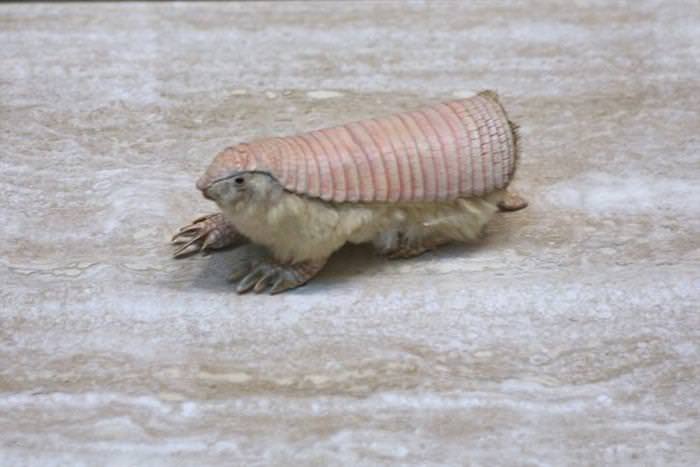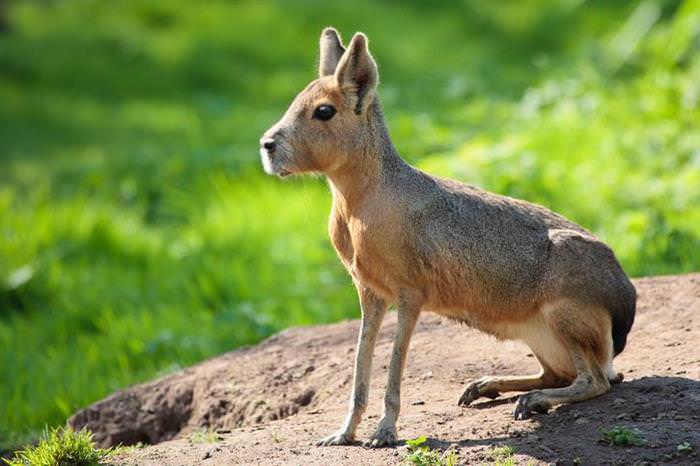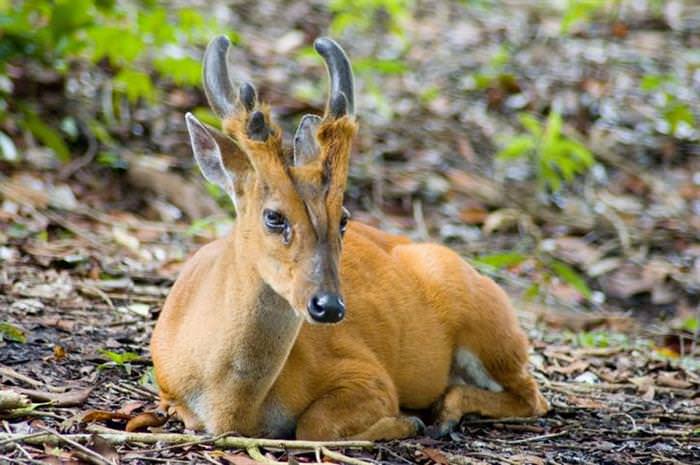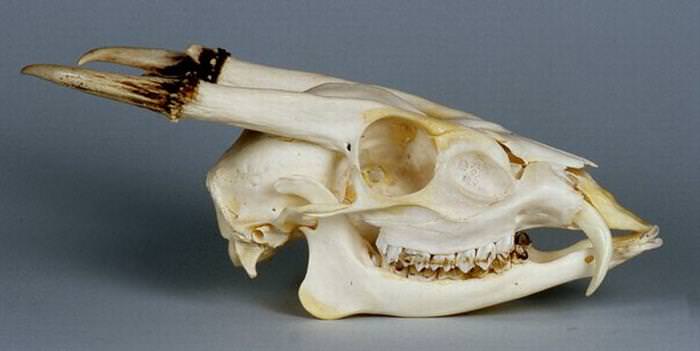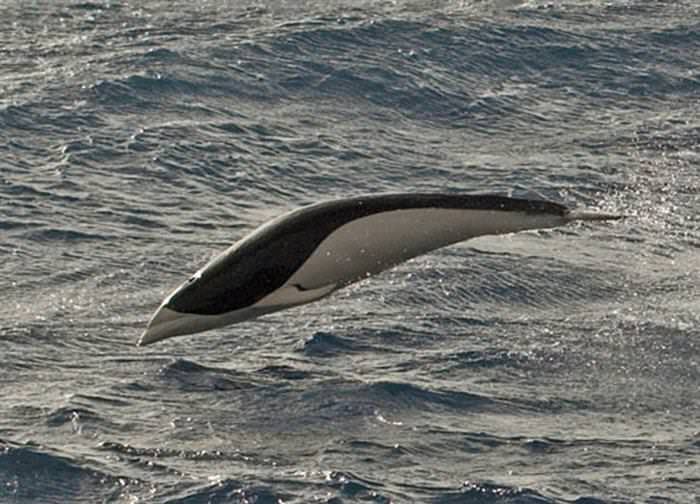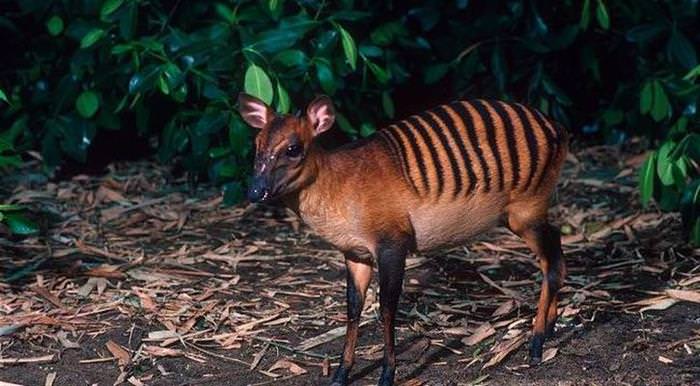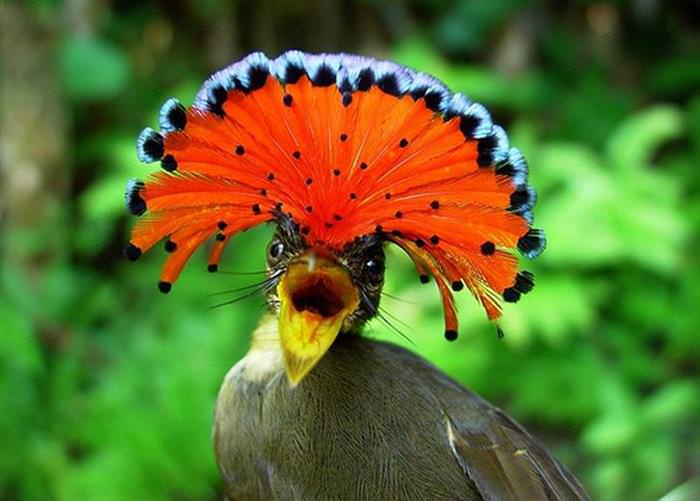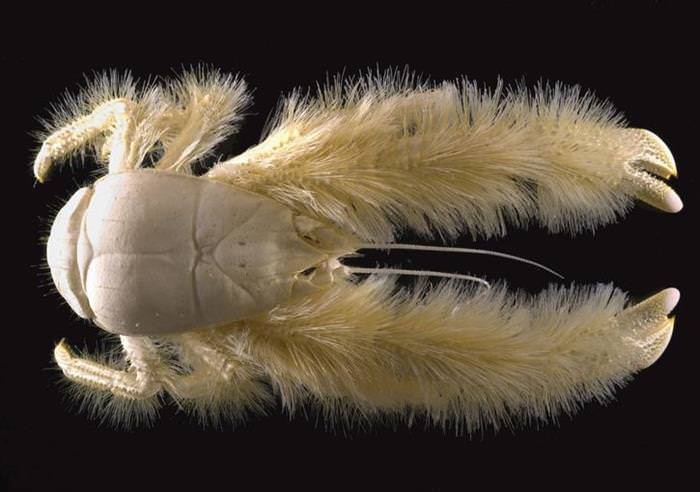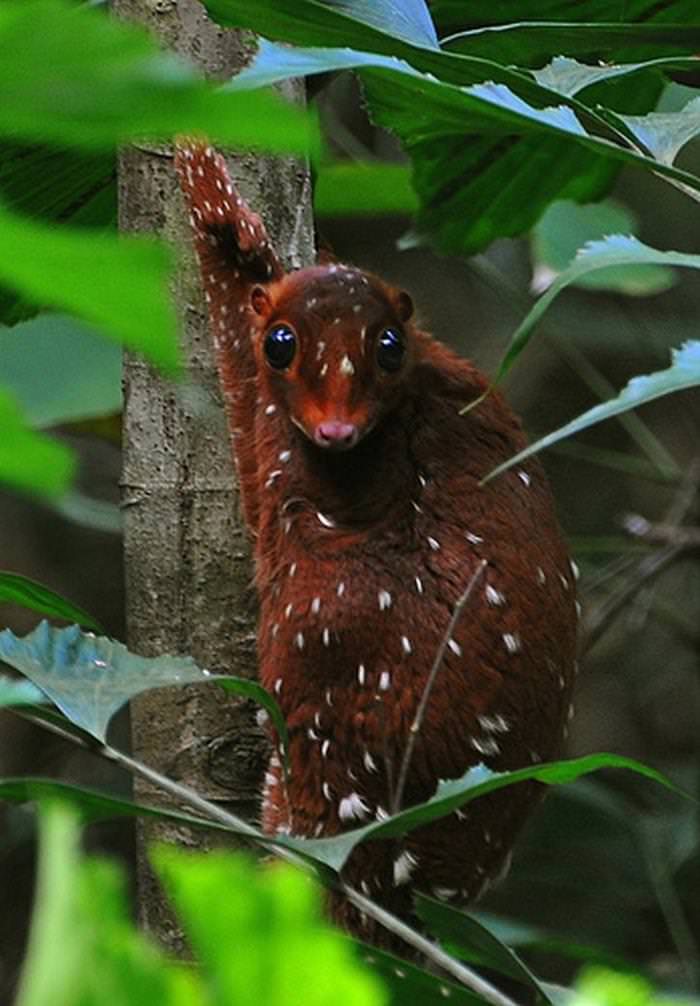The herb grows widely in tropical countries like Australia and widely found in India. The herb is a native to India. It is often found as a weed growing in neglected areas around the house. Many people do not recognize it and do not know its medicinal benefits and hence weed it out. The specialty of the herb is that it bears flowers and fruits in all seasons and throughout the year and grows in damp regions. It grows heavily during rainy season.
The herb is full of milky latex and hence one should be careful when plucking it.
Medicinal Uses
Euphorbia Hirta has been known to keep the body temperature under control and helps to keep the body cool. It cures the thirsty feeling often faced by people and increases body resistance. It also keeps the body strong.
Cracked lips
If you have cracked lips, take the milky latex of the plant andapply it on the lips. The lips get cured very soon.
Skin infections
If you have skin infections like rashes, warts, swellings or Molluscum, take the milky extract of the herb and apply it over the affected area. The skin gets cured very soon. If you have sore eye, apply the latex on the eyelids below the eyes. The problem gets cured soon. Applying around the wart results in its fall when applied for a week.
Leucorrhoea
Some women are often faced with the problem of white discharge. For such people, take the leaves of the herb, grind it till it becomes a paste and drink it along with butter milk or a cup of milk. The problem gets cured.
Euphorbia Hirta or Snake Weed for Dengue
The herb has the potential to cure dengue. But it has not been recognized officially as a medicine to cure dengue. It has been found that medicines are prepared using the extract of the herband sold as medicines for curing dengue. Though relying on this herb alone is not recommended, it is better to consume this herb along with your regular medicines. This hastens your healing process.
Gastrointestinal disorders
The herb is widely used in treating a wide range ofgastrointestinal disorders. If you are having Diarrhea, consuming a decoction of the herb cures you of the disease. Similarly consuming it kills the intestinal parasites.
Respiratory problems
Tawa tawa or amman pachirisi has the potential to cure variousrespiratory disorders like asthma and bronchitis.
Increased milk for lactating mothers
When decoction of the herb is consumed, mothers get benefited by increased production of milk.
Mouth infection
If your mouth gets infected with fungus resulting in whitish patches (thrush), gargle your mouth with decoction of the herb2 times a day. You get recovered soon.
Family planning
The herb is very effective in reducing the sperm mobility and density. Consuming it regularly results in infertility. You need to discontinue consuming it for about 10 days so that you become fertile again.
Snake root for snake bites
Another name of the herb is snake root. The decoction of the herb when consumed kills the germs and expels the toxic agents from the body. Often, the juice of the crushed leaves is applied over the affected skin area to heal the infection in a fast manner.
Precautions
- Pregnant women should not consume the herb, since it induces miscarriage.
- Men who want to bear babies should not consume it, since it makes you infertile.
- Do not consume more than the prescribed amount, since it induces vomiting

